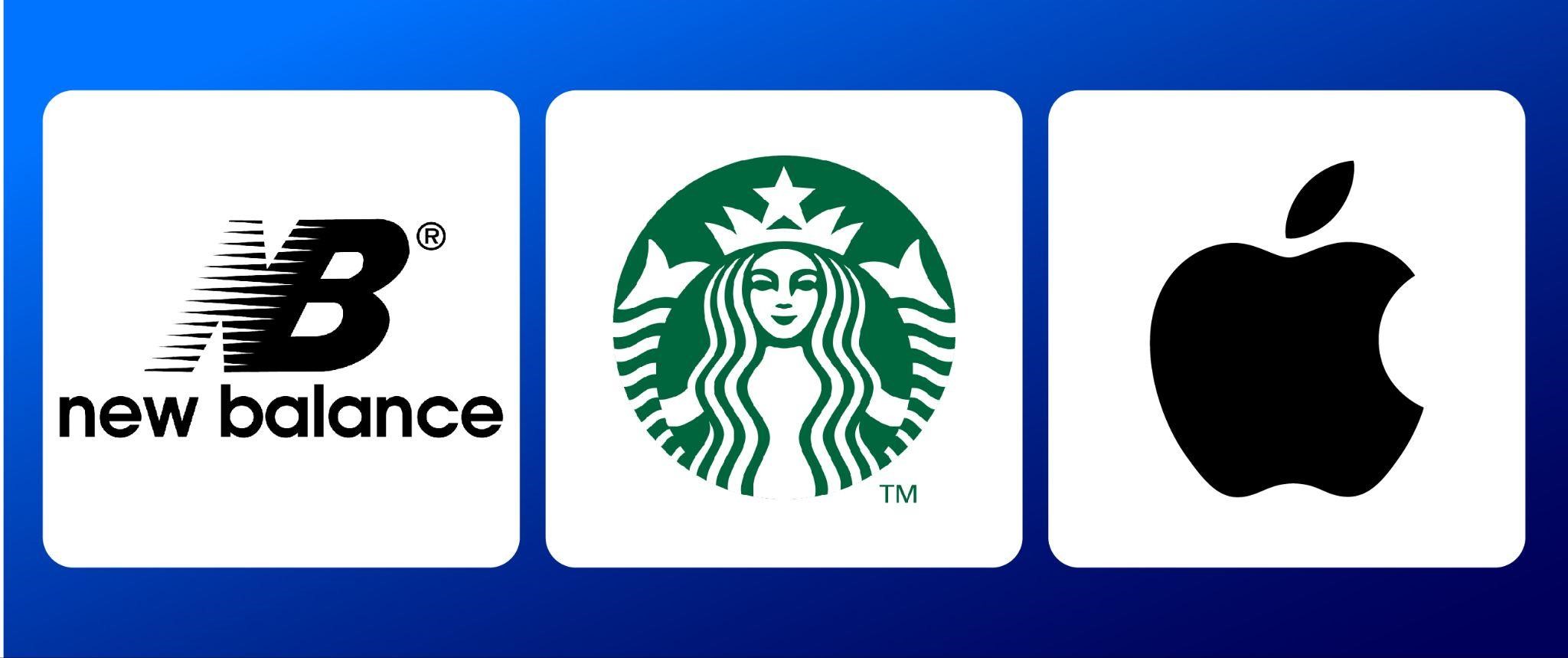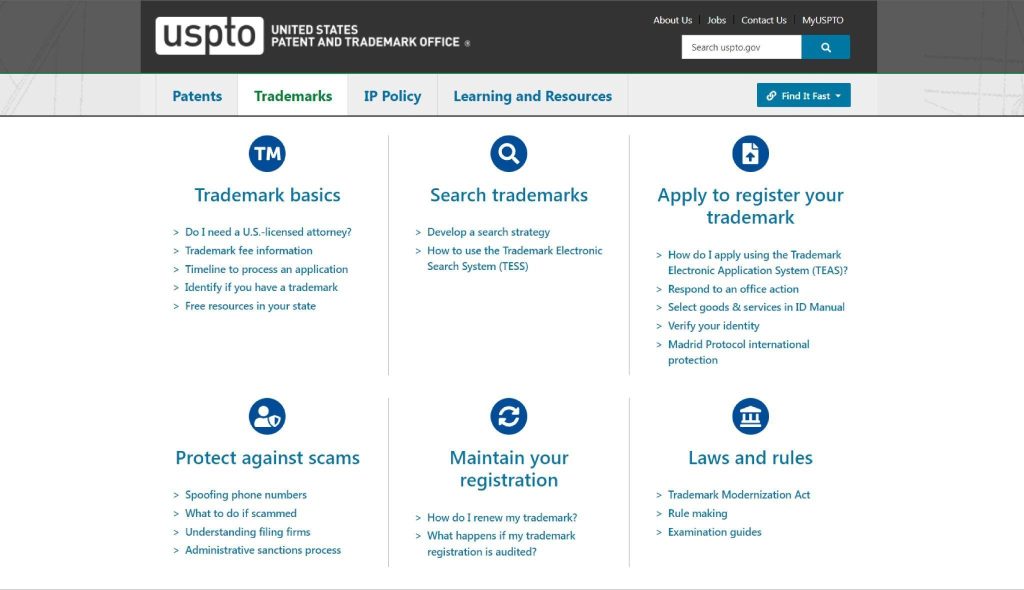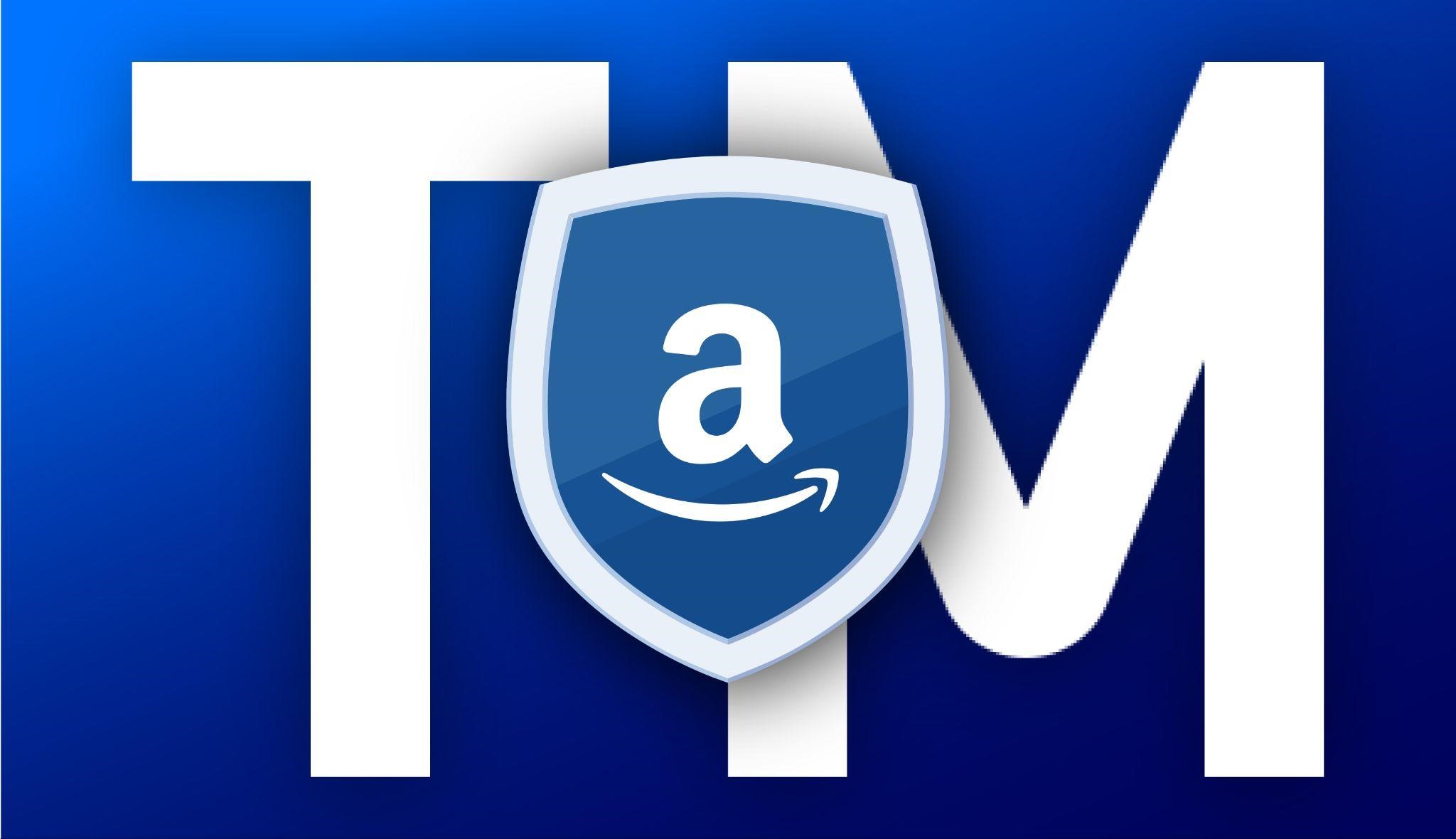In the ever-evolving landscape of e-commerce, Amazon sellers face a myriad of challenges, one of which is safeguarding their brand.
Understanding trademarks in 2023 is crucial for Amazon sellers to protect their intellectual property & enhance brand credibility. This article provides a step-by-step guide on trademarks for Amazon, ensuring even those without a background in law can grasp these concepts easily.
What is a Trademark?
A trademark is a distinctive sign or indicator used by an individual, business organization, or other legal entity to identify that the products or services to consumers with which the trademark appears originate from a unique source, and to distinguish its products or services from those of other entities.
Trademarks are typically made up of names, words, phrases, logos, symbols, designs, images, or a combination of these elements. They are used to legally protect the brand’s identity in commerce, ensuring that no other entity can use a similar sign that could be confusing for consumers.
Why Trademarks are Essential for Amazon Sellers
The primary purpose of a trademark is to prevent confusion in the marketplace by clearly indicating the source of goods or services. This helps to protect both the business and consumers – businesses maintain their goodwill and reputation, while consumers can be confident in the consistency and quality of what they’re buying.
- Brand Identity and Recognition: A trademark establishes a unique identity for your products or services on the Amazon platform. It differentiates your offerings from competitors, making it easier for customers to recognize and remember your brand. This recognition is crucial in a crowded marketplace like Amazon, where distinguishing your products can significantly impact sales and customer loyalty.
- Legal Protection: Registering a trademark provides legal protection for your brand. It gives you the exclusive right to use the mark in connection with the goods or services for which it’s registered. If another seller tries to use a similar mark, it can be considered an infringement, and you can take legal action to stop them. This protection is vital to prevent counterfeit products and brand impersonation.
- Consumer Trust and Confidence: Trademarks also build trust and confidence among consumers. When customers see a trademark, they can be more assured of the quality and origin of the product. This trust is particularly important on online platforms like Amazon, where customers rely heavily on brand reputation to make purchasing decisions.
- Amazon Brand Registry: Amazon offers a program called Brand Registry, which helps protect registered trademarks on its platform. By enrolling in this program, you get access to tools that help find and report potential trademark violations, thereby safeguarding your brand. This program also provides other benefits like enhanced brand content, sponsored brands, and a storefront, which can improve customer experience and sales.
- Marketplace Positioning and Value: A strong trademark can significantly enhance your brand’s positioning in the marketplace. It can increase the perceived value of your products, allowing for potential premium pricing. A well-recognized and trusted brand often commands a larger market share.
- Global Expansion: If you plan to sell your products internationally, trademarks are essential. They provide brand protection across different countries and markets. Given that Amazon operates globally, having your trademark registered in different regions can protect against international infringement and allow for a consistent brand presence worldwide.
Trademarks are a key element in branding and marketing, as they encapsulate the identity and reputation of a brand. They are a valuable asset for businesses, often holding significant economic value.
Guide to Registering Your Trademark
1. Conduct a Trademark Search
- Purpose: Ensure that the trademark you intend to register isn’t already in use or too similar to an existing one.
- How to Do It: Use the online database of your country’s trademark office (like the USPTO in the United States) or hire a professional to conduct a thorough search.
2. Choose Your Trademark
- Purpose: Select a distinctive mark that represents your brand, which could be a word, phrase, logo, or a combination.
- Considerations: Ensure the mark is unique and not generic or descriptive of the goods/services it represents.
3. Identify the Class of Goods or Services
- Purpose: Trademarks are registered under specific classes based on the type of product or service they represent.
- How to Do It: Refer to the international classification of goods and services (Nice Classification) to determine the appropriate class for your trademark.
4. Prepare Your Application
- Details Needed: You will need to provide information about the trademark owner, a clear representation of the trademark, and specify the goods/services class.
- Additional Requirements: Depending on the jurisdiction, you might need to provide evidence of use of the trademark in commerce.
5. File the Application
- Where to File: Submit your application to the relevant national or regional trademark office (like EUIPO in Europe or USPTO in the United States).
- Application Fee: Pay the required filing fees, which can vary based on the number of classes you’re applying for.
6. Examination by the Trademark Office
- Process: The trademark office will review your application to ensure it meets all legal requirements and doesn’t conflict with existing trademarks.
- Possible Outcomes: The office may approve your application, object to it, or request additional information.
7. Respond to Office Actions (if any)
- Purpose: Address any objections or requests for additional information raised by the trademark office.
- How to Do It: You may need to amend your application, argue against the objections, or provide additional evidence.
8. Publication for Opposition
- Purpose: Once preliminarily approved, the trademark application is often published in an official journal or database.
- Opposition Period: There is usually a period during which third parties can oppose the registration if they believe it infringes on their rights.
9. Final Approval and Registration
- Outcome: If no oppositions are filed or if oppositions are resolved in your favor, the trademark office will register your trademark.
- Registration Certificate: You will receive a certificate of registration, officially recognizing your rights to the trademark.
10. Maintain Your Trademark
- Renewals: Trademarks have to be renewed periodically (usually every 10 years).
- Continuous Use: Ensure continuous use of your trademark in commerce to maintain its validity.
Remember, the specifics can vary by country, so it’s advisable to consult a trademark attorney or the respective trademark office for guidance tailored to your jurisdiction.
Protect Your Trademark on Amazon
Step by step brand protection
- Enroll in Amazon Brand Registry
Purpose: Amazon Brand Registry is a program designed to give brand owners more control over their product listings on Amazon.
Requirements: To enroll, you need a registered trademark (in the form of text or an image with words, letters, or numbers) and an Amazon seller or vendor account.
Benefits: Enrollment provides access to powerful tools for brand protection, including proprietary text and image search, predictive automation, and increased authority over product listings with your brand name. - Accurately Represent Your Brand and Products
Quality Listings: Ensure your product listings accurately represent your brand and trademark. Use high-quality images and detailed descriptions to distinguish your products from potential counterfeit items.
Brand Story: Utilize Amazon’s tools to tell your brand’s story. Enhanced Brand Content (EBC) and A+ Content allow you to create richer product descriptions with additional images and text placements. - Monitor Your Listings
Regular Checks: Regularly check your listings and search results for potential infringements or counterfeit products.
Automated Tools: Consider using automated monitoring tools that alert you when potentially infringing products are listed. - Take Action Against Infringements
Report Violations: If you find a product that infringes on your trademark, report it to Amazon. Use the Report a Violation tool available in Brand Registry.
Legal Action: In severe cases, you might consider legal action against infringers. Consult with a legal professional specializing in intellectual property law. - Educate Your Customers
Authenticity: Educate your customers on how to identify authentic products. This can be done through your Amazon storefront, product packaging, and customer communication.
Feedback and Reviews: Encourage customers to report suspicious products and leave feedback that helps other buyers identify authentic products. - Keep Your Trademark Registration Updated
Renewal: Ensure your trademark registration is kept up to date. Amazon may require proof of current trademark registration for continued participation in the Brand Registry program. - Utilize Amazon’s Transparency Program
Anti-Counterfeit: Amazon’s Transparency program is designed to prevent counterfeit products. It involves placing unique codes on products, which Amazon scans to confirm the authenticity of items before shipment. - Register for Amazon’s Project Zero (if available)
Automated Protections: Project Zero offers automated protections using Amazon’s machine learning technology. It scans listings and removes suspected counterfeits.
Self-Service Counterfeit Removal Tool: This tool allows brands to remove counterfeit listings themselves.
Conclusion
In summary, effective trademark registration and protection are crucial for Amazon sellers. It involves careful trademark selection, proper classification, and accurate filing. Once registered, maintaining the trademark’s integrity on Amazon requires vigilance, utilizing tools like the Brand Registry for monitoring and addressing infringements. Handling potential infringements decisively, from verification to possible legal action, is key. Overall, safeguarding a trademark is an ongoing commitment essential for preserving brand identity and trust in the competitive e-commerce landscape.








 Community
Community